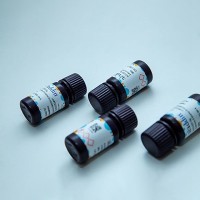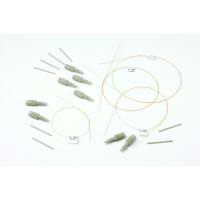Chiral Separation by Capillary Electrochromatography Using Cyclodextrin Phases
互联网
互联网
相关产品推荐

Recombinant-Human-Anthrax-toxin-receptor-2ANTXR2Anthrax toxin receptor 2 Alternative name(s): Capillary morphogenesis gene 2 protein; CMG-2
¥12838
![(S)-2-chloro-5,6,7,8,9,10-hexahydrocyclohepta[b]indole-6-carboxaMide;848193-72-6;≥97% (chiral, HPLC);V10653-1mg](https://img1.dxycdn.com/p/s14/2025/1027/131/2990871289947862891.jpg!wh200)
(S)-2-chloro-5,6,7,8,9,10-hexahydrocyclohepta[b]indole-6-carboxaMide;848193-72-6;≥97% (chiral, HPLC);V10653-1mg
¥1700

Proteinase 3 (PR3; non recombinant),≥80% capillary electrophoresis,阿拉丁
¥2600.90

Capillary Tubing Kit
询价

Agilent安捷伦 5065-9980不锈钢毛细管软管,0.25 mm × 320 mm,无接头Flexible Capillary 25mm ID x 320mm
¥468.95
推荐阅读
Enantioseparation in Capillary Chromatography and Capillary Electrochromatography Using Polysaccharide-Type Chiral Stationary Phases
Open Tubular Molecular Imprinted Phases in Chiral Capillary Electrochromatography
Polysaccharide-Derived Chiral Stationary Phases in Capillary Electrochromatography Enantioseparations

